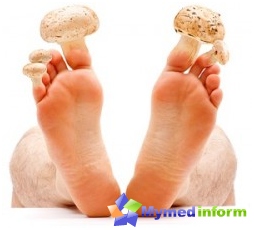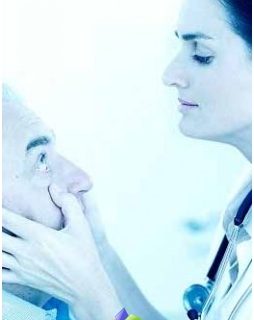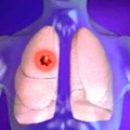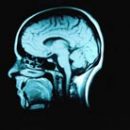Intracranial pressure is an indicator of the pressure of the spinal fluid (CM) on the brain. For each age, the norm of the CHD has different meanings. In a newborn, it can range from 1.5 to 6, a child - from 3 to 7, and in an adult - from 3 to 15 millimeters of mercury pillar. The decrease in these indicators is called hypotension, and their increase - intracranial pressure hypertension.
Definition
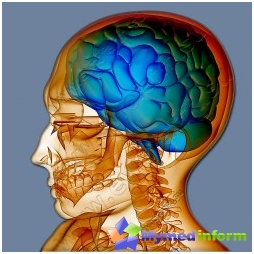
Quite often the reason for the usual headache and nausea is an increased intracranial pressure, which is a consequence of various serious brain pathologies in children and adults. As a rule, in the zone of increased risk of such a state, people who have suffered cranopy and brain injuries are also due to the effect of the formation of various intracranial tumors, hemorrhages, encephalomenyngitis and many other. It is believed that intracranial pressure is in direct dependence on the number of SMG, the conditions for its circulation through the ventricles and the degree of its suction to the venous sinuses of the solid brain sheath. The clinical method was revealed that a healthy adult person in a day is produced to 1 liter of the liquor, but it remains at the same time. The update of the SMF occurs up to 7 times a day.
Indication of intracranial hypertension, as well as the causes of its occurrence, only a qualified doctor can determine with special diagnostic measurements. It may be a cerebral ultrasound (neurosonography), computer or magnetic resonance tomography, as well as the study of the Eye DNA experienced ophthalmologist. The final medical conclusion is made on the basis of several identified signs of the disease. To the most frequent reasons for intracranial hypertension include hydrocephalus (excessive selection of SMG), intracranial tumors, meningitis (inflammation of the brain shells), the gap of the aneurysm (region of the brain artery expansion).
Symptoms and current

Increased HBF never passes asymptomatic, it is almost always accompanied by a headache of varying degrees of intensity, nausea, right up to vomiting, drowsiness and oppressed state of consciousness. A strongly pronounced intracranial hypertension can affect the increase in systolic blood pressure (blood pressure) and education Bradycardia (Reducing heart rate). The symptoms of elevated HBD also include such manifestations as vegeto-vascular dystonia, Increased irritability, dark circles under the eyes, seizures of sweating, pre-surround states, parires (muscle loss) and eye pain. Usually all these symptoms are significantly enhanced by the evening or night. Many people mistakenly believe that the use of painkillers is the best way out of the current situation. But, unfortunately, this is a deep misconception that can very much endure. It should always be remembered that intracranial hypertension is just a consequence of various diseases, and not a separate diagnosis. Therefore, it requires a thorough medical examination from highly professional professionals.
Treatment methods
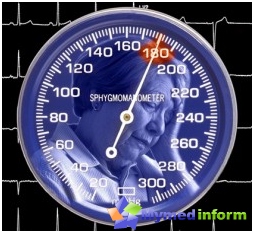
There are a large number of methods for treating elevated PBF, however, to this process should always be approached with extreme caution. Therapeutic tactics can be determined correctly only on the basis of the clinically revealed cause of its occurrence. Usually, osmotic and looped diuretic drugs (diuretics) are widely used to quickly decrease. When diagnosing brain tumors in modern medicine, steroid hormones (corticosteroids) are widely used, but it should be borne in mind that they are ineffective in the treatment of strokes and cranial injuries. This is due to the fact that their action is manifested only after 12 hours, which is already too late in critical situations. Under conditions of resuscitation, doctors resort to artificial hyperteeting of the lungs, the work of puncture of ventricles and the use of barbiturates. In addition, it is necessary to control the acid-alkaline state, as well as to reduce the introduction of solutions, which includes a large amount of liquid (for example, 5% glucose solution).
In addition to using the methods of traditional treatment, there are still many people's reduction in intracranial hypertension, which can be used only in strict coordination with the attending physician. With proper use, natural tools are able to significantly alleviate the patient's condition. The most common methods of folk treatment of elevated HBD include the following means:
- Mulberry tincture should be used 3 times a day by 200 ml. For her cooking, it is necessary to boil a handful of crushed branches in 1 liter of water and insist about an hour.
- The kidney of the poplar, boiled in 200 ml of water, should be taken in the cold form 3 times a day at 65 ml.
- The compress on the head cooked from alcohol and camphor oil (50 g) should be done overnight, tightly baked with a warming bandage. The course of treatment is 5 days.
- A very effective means is a mixture of dishes of hawthorn, dyeing, peppermint and eucalyptus, taken 25 grams. This mixture should add 10 carnation sticks. The tincture will be fully ready for consumption 14 days. It should be used 3 times a day for 75 drops before meals.
In modern medicine, there are three basic methods for measuring GFD: subdural, epidural, as well as a pressure determination by using an introverticular catheter, which is considered the most accurate. Our site wishes to all good health and strongly recommends people suffering from frequent headaches, necessarily undergo a qualitative examination and in no way engage in self-treatment!



